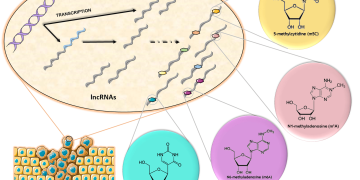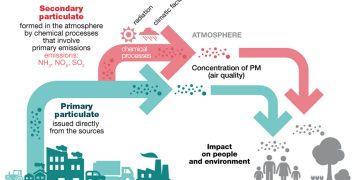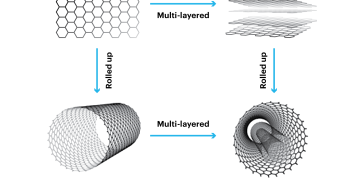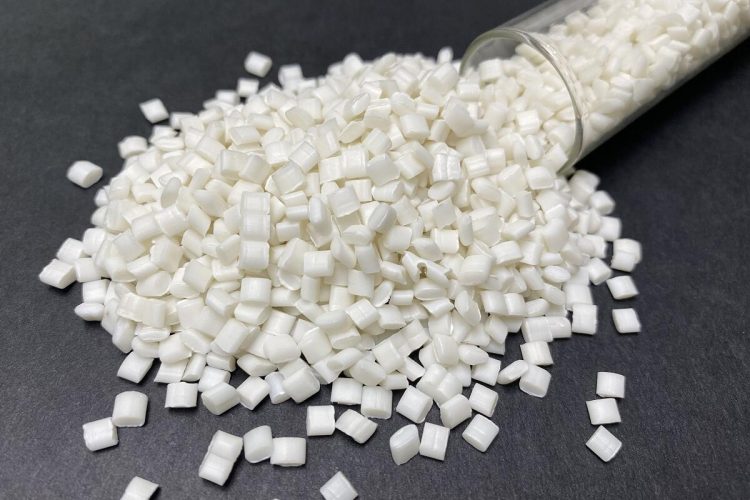The issue of plastic pollution has become a global focus of attention. With the continuous increase in plastic consumption, the negative impact of waste plastics on the environment is becoming increasingly evident. Marine plastic waste, soil pollution, and wildlife health issues are frequent, and there is an urgent need to find sustainable solutions. In this context, the research and application of biodegradable materials have become a frontline hope for solving the problem of plastic pollution. This article will explore the latest breakthroughs in biodegradable materials and their potential impact on the environment.
Definition of Biodegradable Materials
Biodegradable materials refer to materials that can be decomposed into water, carbon dioxide, methane, and biomass through microbial action in the natural environment. Compared to traditional plastics, biodegradable materials decompose faster and have a smaller impact on the environment.
Progress in the research and development of biodegradable materials
1. Natural polymer materials
Researchers are developing biodegradable plastics based on starch, cellulose, and protein. These materials are sourced from nature and can be decomposed by microorganisms in a relatively short period of time. For example, polylactic acid (PLA) is a bioplastic made from corn starch that has been widely used in packaging materials, disposable tableware, and other fields.
2. Microbial synthesis of plastics
Some microorganisms can produce polyhydroxyalkanoates (PHAs), which are completely biodegradable plastic materials. PHAs can be completely degraded under natural conditions without leaving harmful residues. Currently, scientists are searching for ways to increase PHA production and reduce production costs.
3. Modification of Biodegradable Plastics
In order to improve the performance of biodegradable plastics, researchers are modifying them by adding natural fibers or other biobased fillers. These modified plastics not only maintain good biodegradability, but also have better mechanical and processing properties.
4. Enzyme Engineering
Through enzyme engineering technology, scientists can design enzymes that can efficiently decompose plastics. These enzymes can work at room temperature, providing an efficient method for the recycling and degradation of plastics.
The application prospects of biodegradable materials
The development of biodegradable materials provides a new solution to the problem of plastic pollution. In the fields of packaging materials, agricultural films, disposable products, etc., biodegradable materials have begun to replace traditional plastics. In the future, with the reduction of production costs and the improvement of public environmental awareness, biodegradable materials are expected to be applied in more fields.
Challenges Faced
Despite the enormous potential of biodegradable materials, there are still some challenges in promoting their application. Firstly, the production cost of biodegradable materials is usually higher than that of traditional plastics. Secondly, the performance of biodegradable materials may not fully meet the requirements in certain applications. In addition, biodegradable plastics require specific environmental conditions to effectively decompose, which requires the establishment of corresponding waste treatment facilities.
epilogue
The research and application of biodegradable materials is a feasible way to solve the problem of plastic pollution. With the advancement of technology and the reduction of costs, biodegradable materials are expected to replace traditional plastics in the future and play an important role in environmental protection. To achieve this goal, it requires the joint efforts of policy makers, researchers, and industry to promote the research and development, production, and application of biodegradable materials, and contribute to the solution of plastic pollution problems.











































Discussion about this post